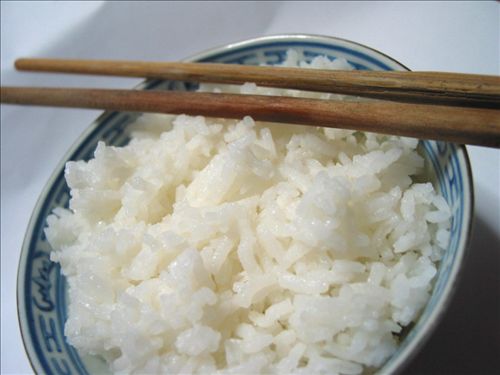English: Mid-Autumn Festival. Trung Thu mean "Middle of Autumn." I thought I was clever knowing Trung means "egg," but apparently that is "trứng." Tết usually refers to the Lunar New Year in the spring, so I assume it translates to "New Year."
Pronunciation: Thet (sharp rising) Chung (g is very soft, back of throat) Too
I first heard of Tết Trung Thu when Anh of A Food Lover's Journey posted a recipe for mooncakes. I celebrate tết with Thai's family every spring (he calls it, "Asian Christmas"), so I wondered how I'd missed this other seemingly well-known holiday. Wikipedia expanded my knowledge, but I knew who I really wanted to ask. So I e-mailed Thai's mom to see what she remembers of this holiday.
Her response was short and sweet. A holiday for the kids. Under the moon. Eating mooncakes. Very fun. Flashes from her childhood in Vietnam. I picture her as a tiny girl, holding a pinwheel lantern and parading the streets of her shore-side town. Just Google "tet trung thu" images, and you'll see pages and pages of orange dragons, red stars, and pink and yellow lanterns in little kids grasps. I feel nostalgic for a childhood experience I never had. Perhaps it hints at Halloween trick-or-treating or the unity of a family dinner at Thanksgiving. I remember digging for Starbursts in a pumpkin-shaped bucket; she tasted Mung Bean in a printed pastry.
She came to visit us this weekend, bringing with her a sliced moon cake. My tongue dissected this new flavor as she repeated her memories to me. My niece, just one and a half, scampered up to me to see what I was munching. I broke her off a crumbling piece to hold in her tiny hand. It seemed fitting to have a little girl toddling around the kitchen as her grandmother described the Vietnamese holiday for children. The holiday developed as a way for rural parents to spend time with their children after the busy harvest season finally ended. Even though the festival isn't officially until September 22, I guess spending time with my niece was my version of Tết Trung Thu this year.
We bought more moon cakes at the Asian supermarket. As Thai and I passed one back and forth in the car, I declared, "I like moon cakes."
Thai responded, "Me too. And Moon Pies."
The epitome of Asian-American. 










